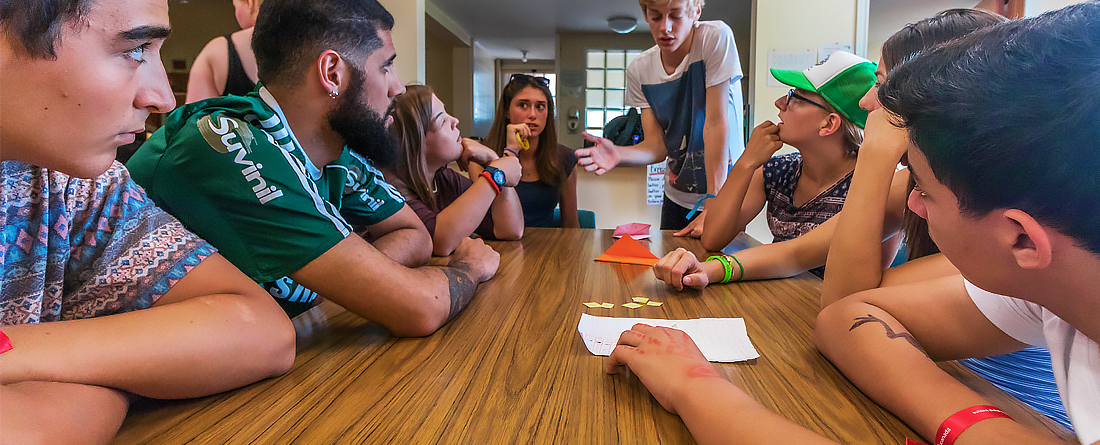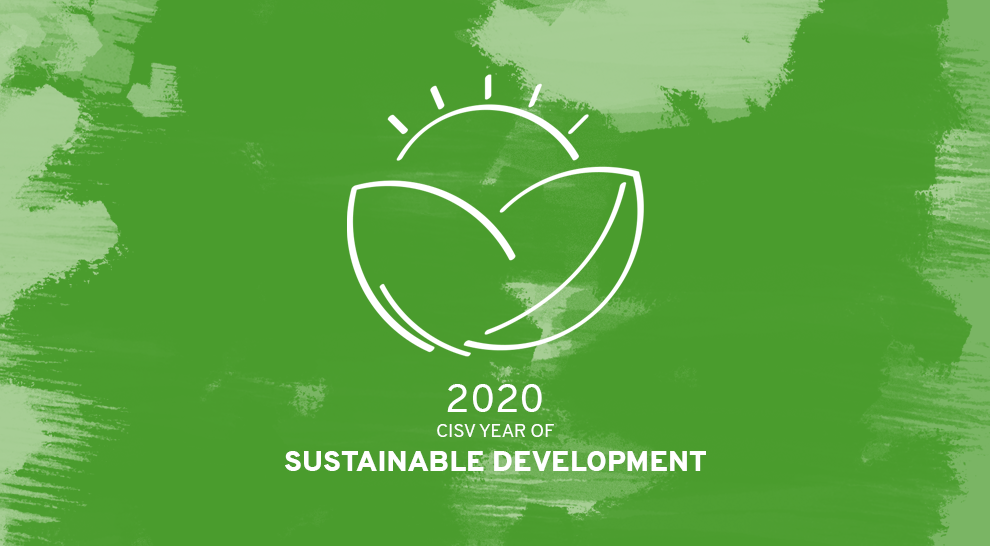5 Simple Steps for Conflict Resolution at a Managerial Level

5 Tips to Get the Most Out of Leaders Meetings This Programme Season
June 28, 2019
Climate Change: A Threat to Peace
September 18, 20195 Simple Steps for Conflict Resolution at a Managerial Level
Conflict in organizations is inevitable, as employees and volunteers have different personalities, goals, and opinions.
Learning how to handle conflict effectively is a necessary skill for anyone in a leadership role and it is key to preventing conflict from hindering the organization’s growth.
Here are 5 simple steps for conflict resolution for those with responsibilities at a Board Level, on a staff team, Camp Director level, and more.
- Step 1: Identify the source of the conflict. The more information you have about the cause of the conflict, the more easily you can help to resolve it. To get the information you need, use a series of questions to identify the cause. Some examples could be: “When did you feel upset?”, “Do you see a relationship between that and this incident?”, “How did this incident begin?”, and “Are you taking this personally?”.
As a person in a leadership position you need to give both parties the chance to share their side of the story. It will give you a better understanding of the situation, as well as demonstrate your impartiality. It is important to practice active listening. You can do this by acknowledging the information you hear and encouraging the speaker to continue to open up to you. As a suggestion, you can say reassuring sentences as “I see” or “I understand your point of view”. It is important that you mean it when you say these things so make sure you are actually listening well.
- Step 2: Look beyond the incident. Often, it is not the actual situation but the perspective on the situation that causes anger to fester and ultimately leads to conflict.
The source of the conflict might be a minor problem that occurred months before, but the level of stress has grown to the point where the two parties have begun attacking each other instead of addressing the real problem. Once again, probing questions will help, like, “What do you think happened here?” or “When do you think the problem first arose?”.
- Step 3: Request solutions. After getting each party’s viewpoint on the conflict, the next step is to get each to identify how the situation could be changed or how can we reach a solution or resolution. Again, asking questions is a great way to begin to brainstorm solutions: “How can you make things better between you on this matter?”
As a person in the “middle”, you must be an active listener, aware of everything that is said. You must also take into consideration body language.Your goal is to get those involved to stop fighting and start cooperating, and that means steering the discussion away from arguing and toward ways of resolving the conflict.
- Step 4: Identify solutions both disputants can support. You are searching for the most acceptable course of action. Point out the merits of various ideas, not only from each other’s perspective, but in terms of the benefits to the organization. For instance, you might point to the need for greater cooperation and collaboration to effectively address issues and Chapter problems.
- Step 5: Agreement. The mediator needs to get the two parties to agree to one of the alternatives identified in Step 4. It might be nice to meet with the individuals and have them answer these questions: “What action plans will you both put in place to prevent conflicts from arising in the future?” and “What will you do if problems arise in the future?” This mediation process works between groups as well as individuals.
– Hosherdar Polad




